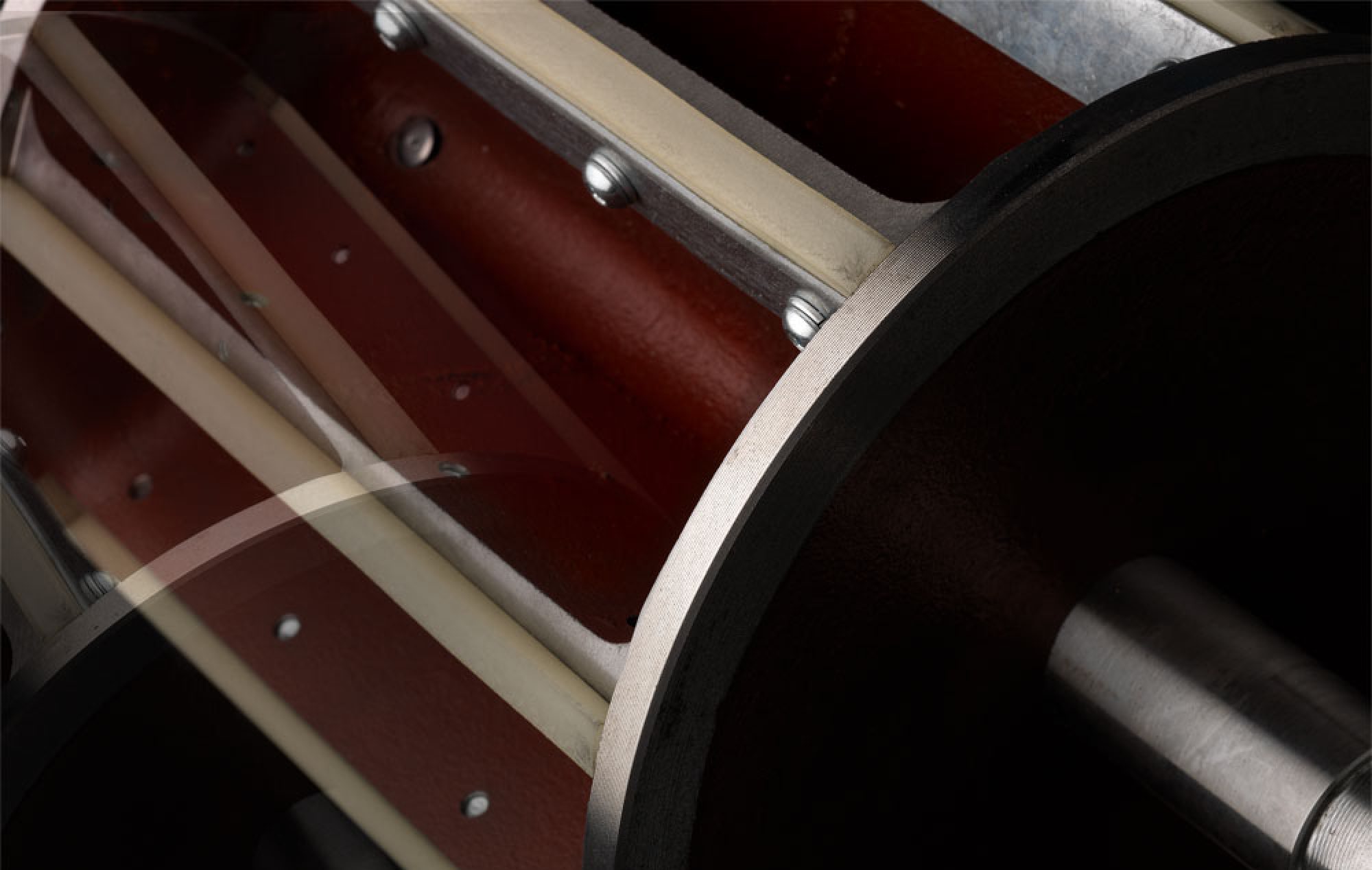What is a rotary valve?
It is a valve that allows you to meter powders from one zone to another in an industrial system.
By zone we mean silos, hoppers, screw pumps, filters or mixers.
 |
 |
A rotary valve has a central body which houses the rotor. This rotor is supported on its axis by a steel shaft and these components are sealed on both sides of the body by caps. The rotor body and the two caps are blends of G20 cast iron while the shaft is carbon steel.
MANUALS
Use and applications
Rotary valves are needed to meter powders within an industrial process. By means of the internal rotor of the valve body, you can meter a certain amount of product in a certain amount of time. The rotor also allows you to separate two zones of the system with a discrete pneumatic seal; this is important if you want to separate one pressurised or depressurised zone from another.
The most common applications are in industrial systems that transport powders: under silos, under filters, before boilers and below screw pumps. Examples of “powdery products” or powders include flour, plastic materials, concrete, clay, etc.etc.
In addition to cast iron rotary valves, we produce structural metalwork valves with a rotor with insulated rubber blades. This production is suitable for the timber market, where the material to be metered is not abrasive apart from the occasional small pieces a few centimetres long.
In addition to the gravity metering of products, rotary valves can also power horizontal pneumatic transport systems. In this case the construction of the valve changes, in that the valve on the inside houses the tubing that provides connection to the pneumatic transport tubing.
